Commerce raiding has been employed for many centuries by various nations in the hope of denying the enemy vital supplies.
During World War one and two the German U boats became arguably the most famous commerce raiders of all time, their tenacity and vigor twice nearly led to the capitulation of Great Britain and consequently they became the most noted and studied part of modern naval warfare. During World War one the U boat was in its infancy, its tactics not yet fully refined or realized and Germany, not occupying France meant that only a handful of vessels had the ability to attack British and French shipping far beyond the waters of Europe and North Atlantic.
World war two would bring the most well-known episodes of commerce raiding, such vessels and men like the Admiral Graf Spee, The U boat aces Otto Kretschmar, Gunther Prien and many others would go down in history as some of the most successful commerce raiders of their respective war.
History always notes the famous battles and ships, Battles such as Jutland and ships such as the Emden and Dresden, but arguably the most successful surface commerce raider of world war one must be the rather unremarkable SMS Wolf.
The Ship
She wasn’t a Battleship, cruiser or submarine but a rather bland, boring looking freighter that was launched in 1913 at Flensburg as the Wachtfels for the DDG Hansa line.
She was taken over by the Kaiserliche marine and re named SMS Wolf being commissioned on the 16th may 1916.
The Wolf was quite unremarkable and limited in her features and capabilities but that didn’t stop the Kaiserliche Marine putting her to good use, in fact these attributes were to be her best attributes.
The Wolf was a modest ship at 135 meters long 17 meters wide and displacing 11,200tons, she was powered by 3 coal burning boilers generating steam for the single VTE engine turning a single 4 blade screw, her top speed was around 11 knots.
The wolf could bunker 8,000 tons of coal and at a steady 8 knots she used roughly 35 tons of coal per day giving her a huge range of 32,000 nautical miles.
Between 1914 and 1916 the Wolf was heavily modified and posses a formidable armament, eight 5.9inch guns and three 2 inch guns made up her main battery, she was also fitted with four 20 inch torpedo tubes and carried 465 mines in her hold.
The armament was more than enough to take on the allied merchant ships, but wolf had no armour herself thus her orders were not to engage allied warships.
Also fitted was a single Friedrichshafen FF.33 Sea plane for scouting, this was dubbed the little wolf by the crew.
The wolf could also change her appearance, she had masts the retracted or erected as well as a fake funnel to disguise who she really was.
The Mission
On November 30th 1916 in total secrecy the SMS Wolf slipped her moorings in Keil and headed out to sea with Kapitan zur See Karl August Nerger in command and a crew of 348 men on board.
She quietly transited the Norwegian coast disguised as a British Freighter and slipped past the Royal Navy blockade rounded Scotland and slipped quietly into the North Atlantic turning south.
After a few weeks at sea the crew crossed the equator and performed a crossing the line ceremony paying tribute to King Neptune it was a time of relaxation and enjoyment for the crew but soon the mission would start.
Rounding the cape of good hope she laid some mines close to the port of Cape town, this would cause the loss and damage of some ships notably, the Spanish ship Carlos de Einzaguirre struck one of her mines and sank in four minuets with the loss of 134 people this included 12 women and 5 children.
she proceeded on into the Indian ocean laying mines in Colombo Ceylon (modern day Sri Lanka), Mumbai India, and Singapore again she got success in each location.
To avoid capture she never stayed in one place for too long and never put into port, after the mine laying she headed towards the Pacific Ocean and laid more mines off ports in Southern Australia, New Zealand, and Indonesia.
While laying mines she also engaged other merchant vessels capturing cargos and prisoners and even taking over the freighter Turritella sending her out as a second raiding vessel, she was later captured but Wolf wouldn’t have it all easy.
On September 26th 1917 she sighted the 6,560 ton Japanese Freighter Hitachi Maru she fired a single shot asking the vessel to come about, the Wolf was met by return gun fire from the Japanese ship and a total of 14 rounds were fired at the Hitachi Maru killing 16 and wounding another 6 before the captain surrendered his ship.
Later Captain Tomonaga of the Hitachi Maru so ashamed that his ship had been captured committed suicide by jumping over the side.
Heading home
Once she had expended all her mines the Wolf set course for home, however she had little coal reserves to make the long journey, one of her last captures the Spanish ship Igotz Mendi, she was carrying 5,000tons of coal destined for the Royal Navy.
At least 1,000tons of coal was transferred to the Wolf while under way and both ships headed for the Cocos Islands where the Ingotz Mendi was painted grey, and a prize crew took her over and sailed with the wolf towards Germany.
The long voyage home saw the ships return through the Atlantic, around Iceland and down the Norwegian coast, again avoiding the British Blockade.
While transiting Danish waters the Ingotz Mendi ran aground in thick fog, a Danish gunboat arrived and removed the crew and prisoners but the ship remained hard aground.
The Wolf continued on entering her home port of Keil carrying her captured cargos and 467 prisoners’ of war on February 24th 1918 after travelling over 100,000km on a voyage lasting 451 days (15 months) at which time she never put into a port or made a single radio transmission, it became the longest deployment of the war.
The wolf had captured and sunk 14 ships totaling over 38,000tons, she is also credited with a further 13 ships hitting her mines totaling nearly 76,000tons.
The Wolf would only make one other foray before wars end this time in the Baltic, at wars end she was ceded to France as reparations and became Antinous she was scrapped in 1931.
Her Captain Karl August Nerger
Her Captain Karl August Nerger for his exploits would be awarded the Prussian Pour la Merit and the Bavarian Military order of Max Joseph he would survive the war only to be beaten to death on August 15th 1945 in the now soviet controlled former concentration camp at Sachsenhausen.
Another Notable Crewmember Theodore Plievier
Theodor Plievier took part in the Wilhelmshaven mutiny of 1918 and after leaving the navy went on to write several books.
In 1933 under the new National Socialist government came to power his books were banned and burnt, he fled to France and later Sweden before settling in the Soviet Union where, during world war two he interviewed captured German prisoners.
After the war he moved to Switzerland and died on March 12th 1955.

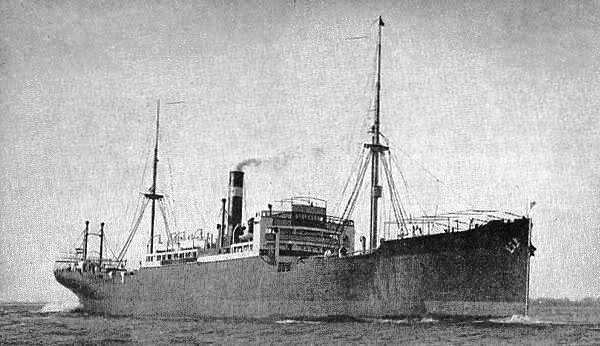
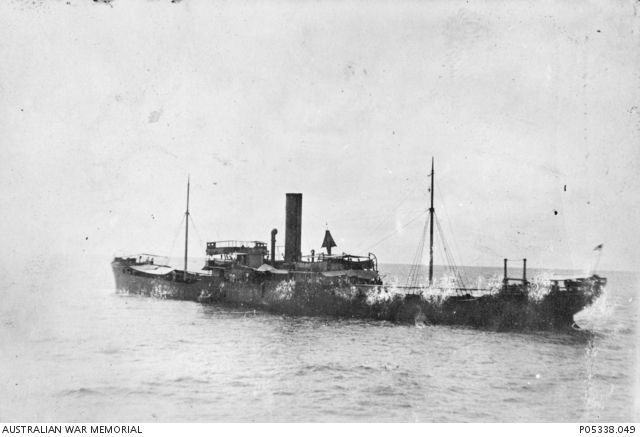
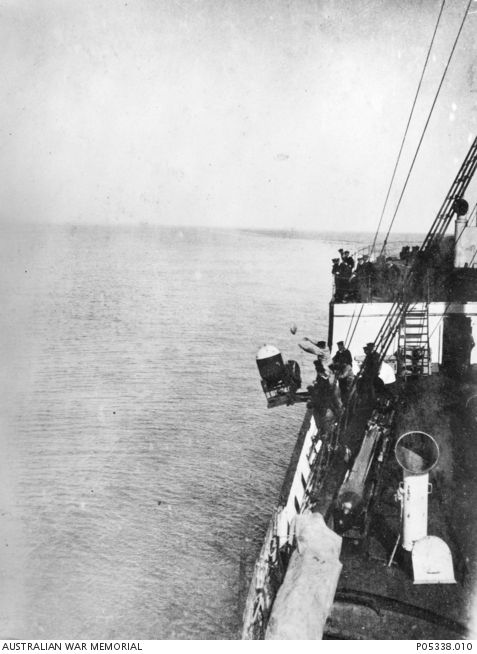
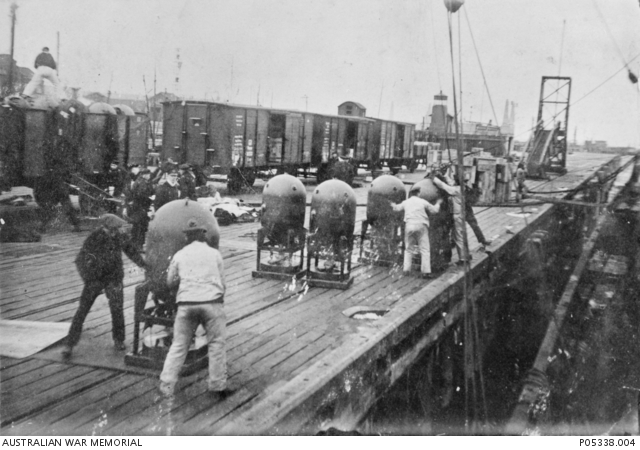
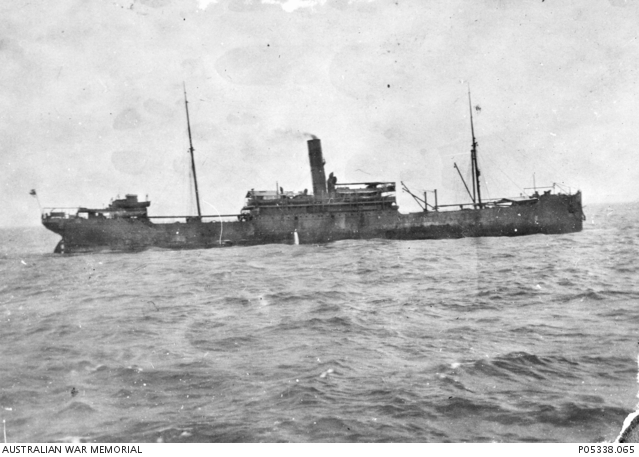
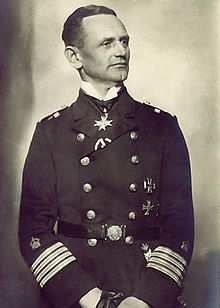
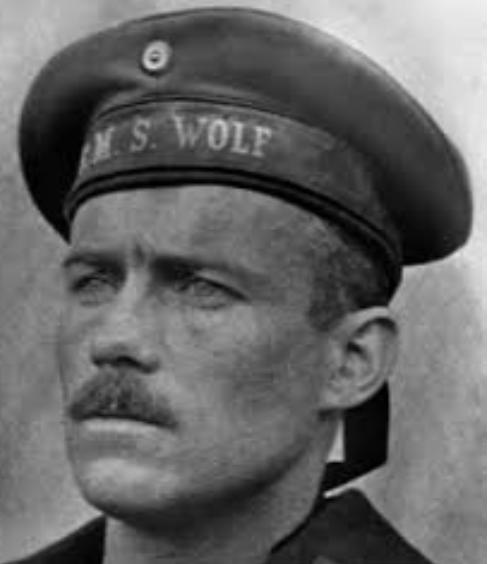
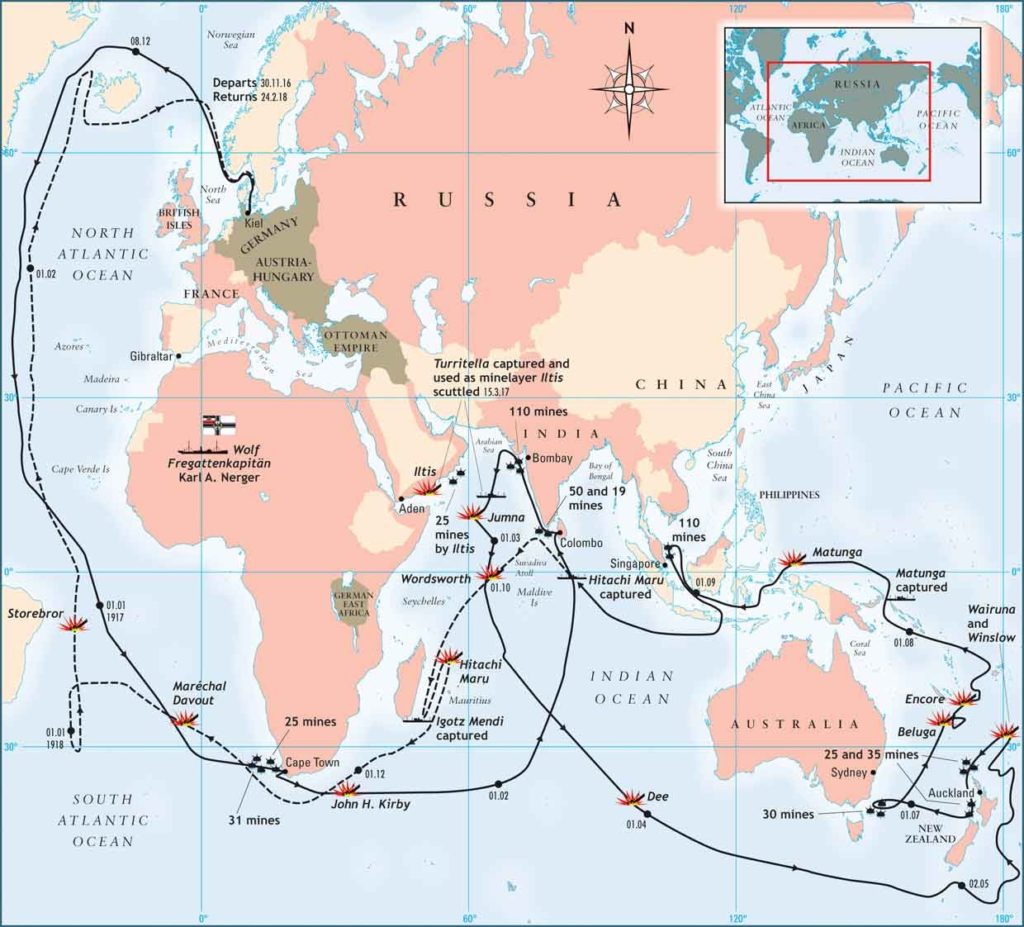

Recent Comments